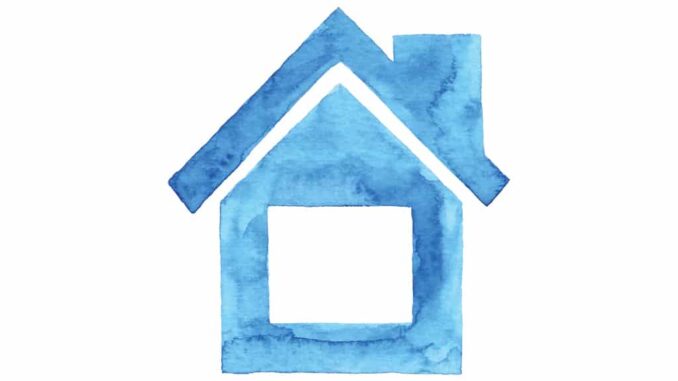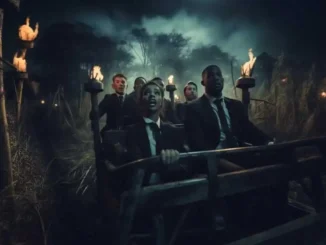
A new trade association for real estate professionals, an increased focus on Native American housing and a historic church’s unexpected collapse. From the wild and wooly world of real estate, here are the hits and misses for the week of Jan. 22-26.
Hit and Miss: Another Realtor Group. Earlier this week, a pair of high-profile real estate professionals – Jason Haber, a New York City-based agent with Compass, and Mauricio Umansky, the Los Angeles-based founder of the luxury brokerage The Agency and a celebrity on several reality television shows – presented their new American Real Estate Association (AREA) as an alternative to the scandal- and lawsuit-challenged National Association of Realtors (NAR). On one hand, the duo deserve commendation for proposing a different approach to how the industry is being represented. But on the other hand, details about how AREA will operate and how it could help real estate professionals grow their business were lacking – Haber and Umansky don’t even have a headquarters city chosen. Perhaps it would have made more sense if the nuts and bolts of AREA were in place before this endeavor was unveiled. After all, AREA has to stand on its own merits and not merely exist because of NAR’s recent stumbles.
Hit: Helping an Overlooked Demographic. The housing challenges facing the Native American population rarely receives wide attention, but this week there were two significant announcements. The Federal Home Loan Bank of San Francisco unveiled a $1 million Tribal Nations Program designed to provide infrastructure funding grants that will increase the supply of affordable housing for Native American communities in Arizona, California, and Nevada. Separately, the U.S. Department of Housing and Urban Development announced that it will make available $150 million in funding for affordable housing projects that benefit low-income families in American Indian and Alaska Native communities. Native American homeownership rates are far below the levels for other racial and ethnic groups, so any attention that can be directed to help address the housing problems facing this demographic is more than welcomed.
Hit: A Good Year on the Commercial Side. Earlier this week, the Mortgage Bankers Association (MBA) released an updated forecast that predicts total commercial and multifamily mortgage borrowing and lending will reach $576 billion in 2024, up by 29% from last year’s estimated total of $444 billion. Jamie Woodwell, MBA’s head of commercial real estate research, cautiously noted that the trade group expects “borrowing and lending in 2024 to be below what was seen going back to 2017.” Nonetheless, any upward forecast is good news and perhaps by the end of 2024 the activity level will be greater than it is currently expected.
Hit: Making Right with Wright. One of the most interesting real estate articles online this week was the Wall Street Journal’s profile of Samantha Lotti, who acquired a Frank Lloyd Wright-designed residence in Oak Park, Illinois, in 2016 for $1.12 million and then spent another $800,000 in renovations to turn the property into a net-zero energy home. This was no mean feat, considering the home was built in 1911 and offered many of the design flaws common in Wright’s residences, including a leaky roof. Lotti’s desire to retain the classic design elements of the property with a contemporary sense of energy efficiency was certainly an expensive labor of love, but you have to admire her determination in achieving her audacious goal.
Miss: A Landmark Turned to Rubble. One of the most astonishing stories of the week occurred on Thursday in the city of New London, Connecticut, when a steeple on a church built in the 1850s abruptly collapsed, bringing down most of the historic structure. The building was formerly the First Congregational Church, which was sold in 2015 to Engaging Heaven Church. But the situation could have been far worse – a business owner working across the street told Connecticut Public Radio, “All those rocks fell right onto their own property and the steeple fell into the church, instead of onto the street. That seems kind of miraculous, that nobody was hurt.” Investigators are now trying to determine why the collapse occurred.



